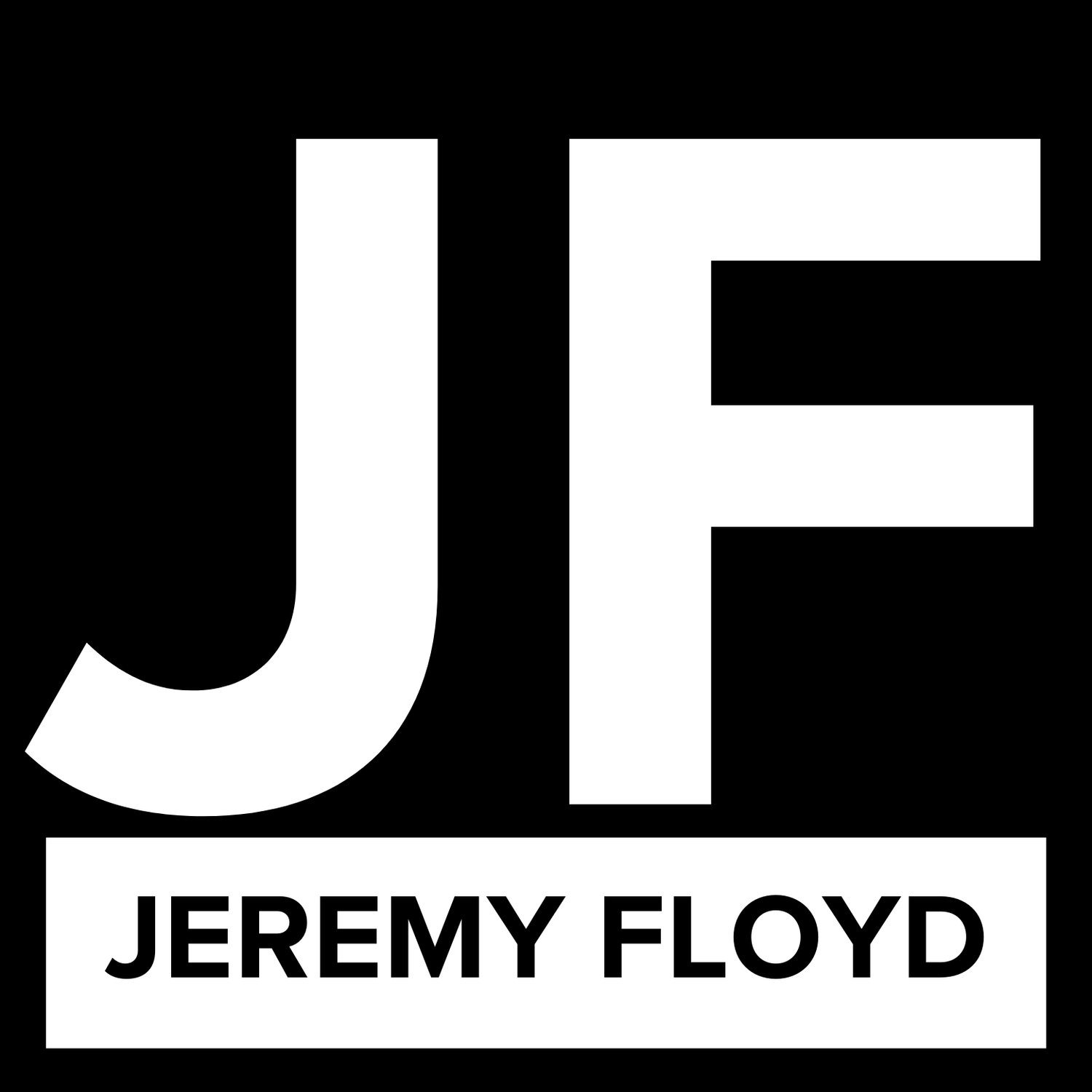True Cost Budgeting: A Pathway to Financial Health and Mission Success
Nonprofits are often stuck in a funding gap: donors want to know their gifts create impact, but many are hesitant to cover the “overhead” that make impact possible.
Additionally, leaders struggle to understand and explain the true cost of changing lives.
The result? Programs that are underfunded, staff stretched too thin, and a mission that falls short of its potential.
The good news: True cost budgeting offers a clear and effective solution. It shows what it really takes to deliver impact—and gives leaders the tools to plan better and communicate effectively with donors.
This post summarizes what true cost budgeting is and how to get started. I’ve provided a comprehensive guide to developing a true cost budget here.
What is True Cost Budgeting?
True cost budgeting calculates all the expenses required to deliver your programs, including:
Direct costs (program-specific expenses like supplies).
Shared costs (overhead shared across programs, like admin salaries).
Reserve contributions (savings for future sustainability).
By identifying the true cost of delivering impact, you can:
Educate donors on why shared costs matter.
Set realistic funding goals.
Avoid burnout by fully resourcing your team.
How to Build a True Cost Budget
Start with direct costs
Define the distinct programs in your organization. Configure your accounting system to track expenses by each program, then administration and fundraising.
Now, list expenses tied exclusively to specific programs—think program staff salaries, materials, and travel.
Repeat for administration and fundraising.
Allocate shared costs
Identify shared costs (e.g., rent, insurance, utilities). Then, fairly allocate these costs across programs. Popular methods:
Percentage of total costs (e.g., rent allocated based on program budgets).
Time-based allocation (e.g., admin staff hours spent per program).
Include reserves
Healthy nonprofits plan for tomorrow. Add a target percentage (e.g., 3-6 months of expenses) to build a cash reserve.
Add it up
Combine direct, shared, and reserve costs to reveal the true cost of delivering each program.
Communicate clearly
Use this data to create impact stories for donors: “It costs $X to change one life through Program Y because we invest in quality staff, safe facilities, and essential resources.”
Why It Works
For Nonprofit Leaders
Provides a realistic picture of your financial needs.
Enables better planning and decision-making.
Prevents underfunding and burnout.
For Donors
Creates transparency around how funds are used.
Shows that their gift sustains more than a program—it powers impact.
Bottom Line
True cost budgeting helps nonprofits move beyond “overhead shame” to fully fund their missions. By embracing transparency and clarity, we can ensure sustainable growth and meaningful impact.
Want to start? Begin by mapping all program and shared costs. Small steps lead to big clarity.
